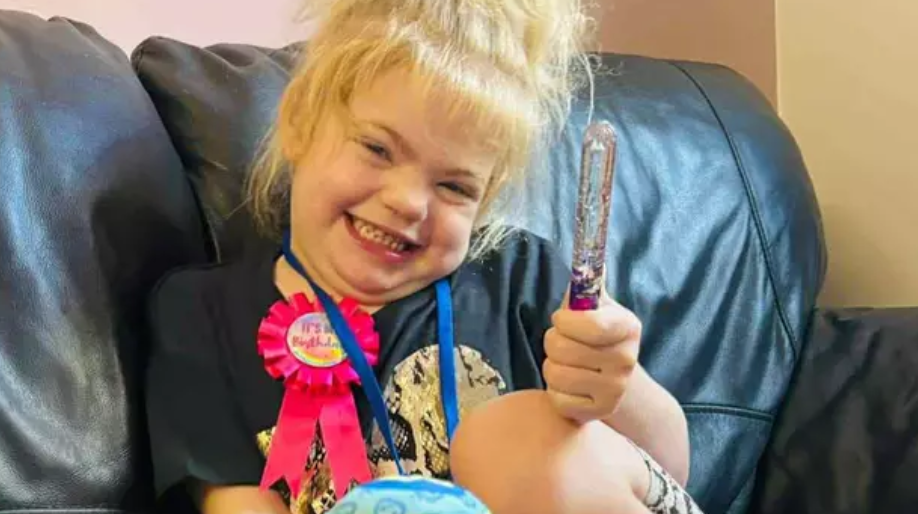A Childhood Cut Short by Sanfilippo Syndrome

© SWNS
In Devon, UK, little Esmay Ford lived a vibrant early childhood—playing in the park, chatting away, dancing, and engaging with family.
But when she was just two and a half, her mother, Alisha, and grandmother, Sabrina, began to notice alarming changes. Esmay lost interest in her favourite activities, became frequently ill, and even her hair began falling out—clear signs that something was deeply wrong.
From Joyful Toddler to Devastating Diagnosis
Medical specialists initially suspected an autoimmune disorder and thyroid issues, but the family’s worst fears were confirmed when Esmay was diagnosed with Sanfilippo Syndrome, also known as MPS IIIA—a rare, genetic form of childhood dementia.

Sanfilippo Syndrome is relentlessly progressive. It causes physical and mental deterioration, leaving children unable to speak, walk, or recognise loved ones. The average life expectancy ranges from 10 to 18 years, and symptoms typically worsen daily. Esmay’s grandmother poignantly noted that now is likely the healthiest period of her life. From this point on, each day brings further loss of abilities and awareness.
A Family’s Love in the Face of Decline
Esmay’s once joyful smile now masks a child struggling with memory, mobility, and interaction. Family members describe moments where she seems disconnected, unable to fully recognise even her closest loved ones. Still, they are determined to fill her life with special experiences—trips, miracle moments, and shared laughter—to keep her world rich while she still understands and enjoys them.
Mobilising Support and Equipment
Doctors emphasise that Esmay will gradually lose basic functions. To help her remain comfortable and safe, the family has launched a fundraising campaign to secure vital support tools—like specialised car seats, shower chairs, reclining buggies, and padded cots—alongside creating meaningful experiences before her condition advances further.
Research Offers Rays of Hope
Globally, scientists are working tirelessly to combat Sanfilippo. Developments include resolving the structure of a key enzyme involved in the disease, opening doors for treatments like gene therapy, enzyme replacement, and molecular “chaperone” therapies. Moreover, a breakthrough in cryogenic microscopy may accelerate progress toward clinical solutions in the coming years. While no cure exists yet, these scientific advances offer families like Esmay’s much-needed optimism.

Raising Awareness for Future Generations
Conditions like Sanfilippo are often misdiagnosed as “childhood Alzheimer’s” because of the rapid and tragic cognitive decline involved. Affecting around 1 in 70,000 children, this condition underscores the need for early detection, compassionate care, and ongoing research. As Esmay’s family fights forward with fierce love, their story reminds us all of the precious weight of time—and the collective effort needed to stop such cruel diseases.
You might also want to read: Kids Rescued After Being Locked in by “COVID Syndrome” Parents


